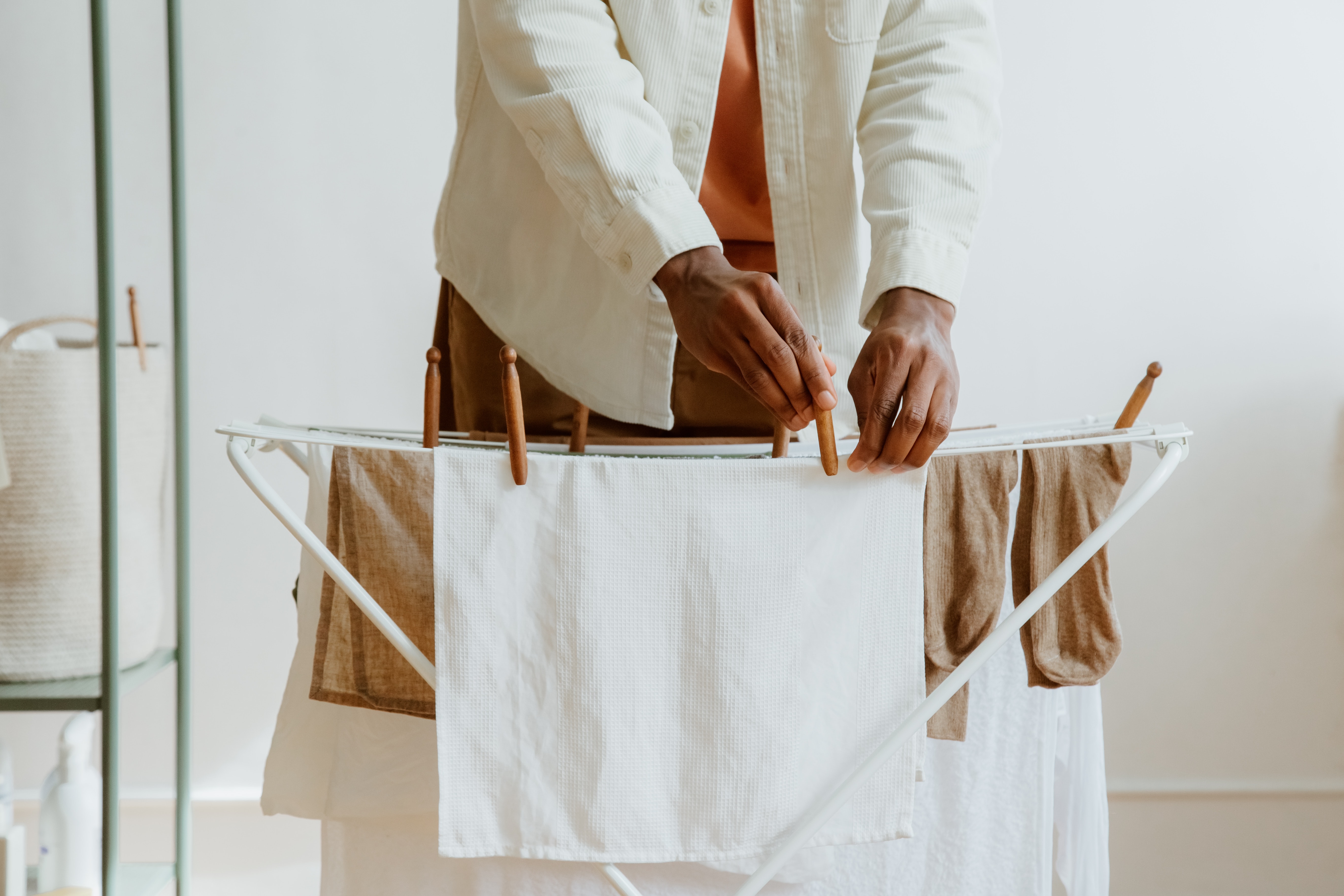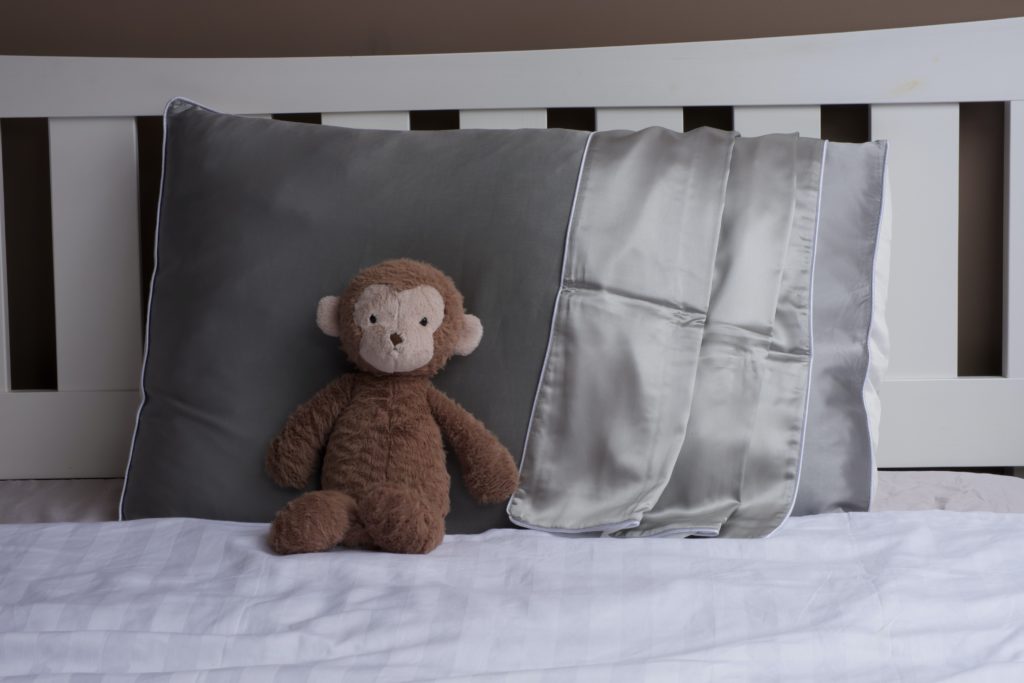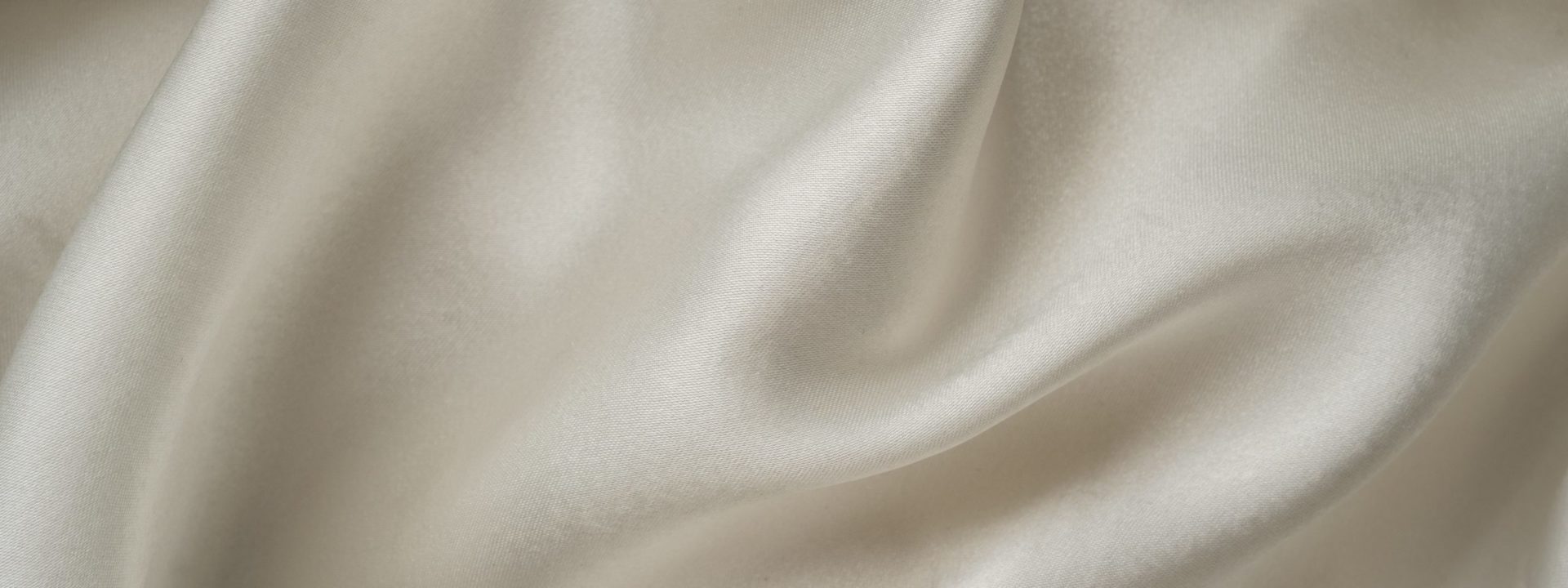How To Wash Satin Pillowcase
If you are wondering how to wash satin pillowcases, you have come to the right place.
Satin pillowcases are some of the most luxurious bedding items you can treat yourself with. They make for a smooth place to rest your head on and may even prevent skin damage and split ends.
But without the care they deserve, these delicates will not last you very long. Understanding how to protect their fiber and preserve their shine to keep them looking and feeling their best is very important.
Here, we shall delve into tips and tricks on how to wash satin pillowcases, how often to wash satin pillowcases, and some best practices.
How To Clean Satin Pillowcases
Satin pillowcases have quickly become a popular choice, and it is important to know the right way to wash them.
How do you wash satin pillowcases? You can either hand wash them or machine wash them.
Hand Wash
Handwashing is the gentlest way to wash your satin pillowcases.
Wondering how to hand wash a satin pillowcase?
- The first step is to fill a sink or tub with lukewarm water.
- Add a mild detergent and avoid using fabric conditioners or bleach because these can damage the satin fabric.
- Then sink the fabric in the water, after turning it inside out, and swish it around gently. Avoid scrubbing or rubbing to prevent damage.
- After soaking it for some time, gently press the case between your hands or against the side of the sink or tub to get rid of excess soap water.
- Rinse it thoroughly to remove all the soapy water. Lightly squeeze the pillowcase to remove water.
Machine Wash
Can satin pillowcases be machine washed?
Yes.
Machine washing is a faster and more convenient way to clean your satin pillowcases. But it also requires you to be more careful to avoid damaging the fabric.
Most satin pillowcases can be washed on a delicate cycle with cold water. Some special ones might require lukewarm water for machine wash. Check the individual care instructions on the pillowcase tag for the specifics.
Add a mild detergent designed especially for silk and satin.
Place the pillowcase in a mesh bag to prevent it from getting snagged or tangled. Avoid using high spin or placing it in the dryer, as this can cause the fabric to wrinkle and lose its sheen.
Once the cycle is over, place it on a clean white towel to air dry it or roll it the same way as in the hand wash method. Remove it from the washing machine promptly to avoid wrinkles.
How To Dry Satin Pillowcase
You can place your pillowcases lightly on a clothesline or a rack away from direct sunlight to prevent fading and keep them fresh and shiny. You can also place them on top of a clean, dry air towel to air dry them.
Wringing or twisting of any kind can damage your fabric. For better drying, you can place the pillow cover on a clean white towel and roll the towel, gently soaking up all the water into it.
In case of wrinkles, do not iron. The best option is typically to use portable steamers on the lowest setting to gently de-wrinkle.

How To Properly Care For Silk Pillowcases
All elegance comes at a price. Caring for your satin bedding does not have to be hard if you know the right way to do it. With these few tricks, you can easily maintain your satin pillowcases in great shape.
How To Remove Stains From Satin Pillow Cases
Although uncommon, you might sometimes get a tough stain on your satin pillow cover. But always remember, stain removers or bleach are a big no for you when it comes to silk or satin.
You can start with a few drops of any mild, pH-neutral detergent meant for silk or satin. Slowly use your finger to make circles on the spot of the stain to avoid spreading it.
If this does not work, add lukewarm water to a half cup of distilled white vinegar and gently cleanse the stain. As mentioned before, you can also add vinegar to a machine wash cycle.
How To Keep Satin Pillow Cases Soft
The soft indulgence of satin pillow covers is the main reason people buy them. If that is lost, there isn’t much point in having them.
Harsh detergents and fabric softeners can damage the delicate satin fabric and its soft texture. Make sure not to use such products on your satin covers.
Washing your satin pillowcases in cold water helps prevent damage and maintain the softness of the fabric. Avoid hot water as it can cause the fabric to lose its sheen and texture.
Always turn your satin pillowcase inside out, whether you are washing it or using a steam iron. Ironing is usually not suggested, but if it has to be done, after turning the pillowcase inside out, place a cloth over it. Swiftly iron at the lowest setting to avoid misshaping the fabric.
How To Store Satin Pillow Cases
Satin pillowcases are easily impressionable. Folding them gently without forming creases is vital. Once folded, you can store them in airtight containers for long-term storage to avoid moths and bugs and protect them from excess moisture.
You can also use wide bar hangers to suspend them for short-term storage. This helps to avoid any creases or wrinkles until the next time you use them.
To sum up, washing satin pillowcases is not as complicated as it may seem. By following a few simple steps, you can ensure that your pillowcases remain in excellent condition and provide a comfortable and luxurious sleep experience.

Frequently Asked Questions
How Often Should You Wash Satin Pillowcases?
All your bedding, including your sheets and pillow covers, is in direct contact with your skin every night. As a result, sweat, dust, dead skin cells, and our natural oils accumulate on them. Your satin pillowcases are no exception.
Wash your satin pillow covers once a week or every two weeks in drier regions.
How To Remove Wrinkles From Satin Pillowcases?
To gently remove wrinkles from satin pillowcases, use a steam iron on the lowest setting. Only use it for a short time, and always turn the case inside out before steaming. You can also use a standard iron, but place a cloth on top of the satin case, and do it with care. Always iron your satin cases after turning them inside out, and use a cloth to cover them to prevent direct heat transfer from the iron.
Can I Use Enzyme Detergent To Wash Pillowcases?
It is generally not recommended to use enzyme detergent to wash satin pillowcases. Enzyme detergents contain proteins that can break down the fibers in delicate fabrics like satin. Instead, you can use gentle, enzyme-free pH-neutral washes.
Is Satin Material Washable?
Yes, satin is washable and, with proper care, does not degrade after washing. You can wash it by hand or machine wash it, preferably with cold water. Avoid rubbing or wringing during a hand wash, and use a delicate cycle for machine washing. Use mild detergent for silk and satin, and dry it in the shade away from sunlight.
Should I Wash My Satin Pillowcase Before I Use It?
Yes, washing your satin pillowcase before using it for the first time is a good idea. Satin pillowcases may have been exposed to dust or other contaminants during storage and transportation. Washing them will help remove any impurities that may have accumulated on the fabric. Washing the pillowcase before using it can also soften it further and make it feel better to the touch.
Can You Put Satin Pillowcases In The Dryer?
All delicate fabrics, such as satin and silk, get damaged when put in the dryer. This is because the high heat can shrink or misshape the fabric. Air drying on a clothesline or rack is the simplest solution. You can also air dry them on a flat, clean towel or roll them inside a towel to soak up all the moisture gently.

